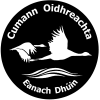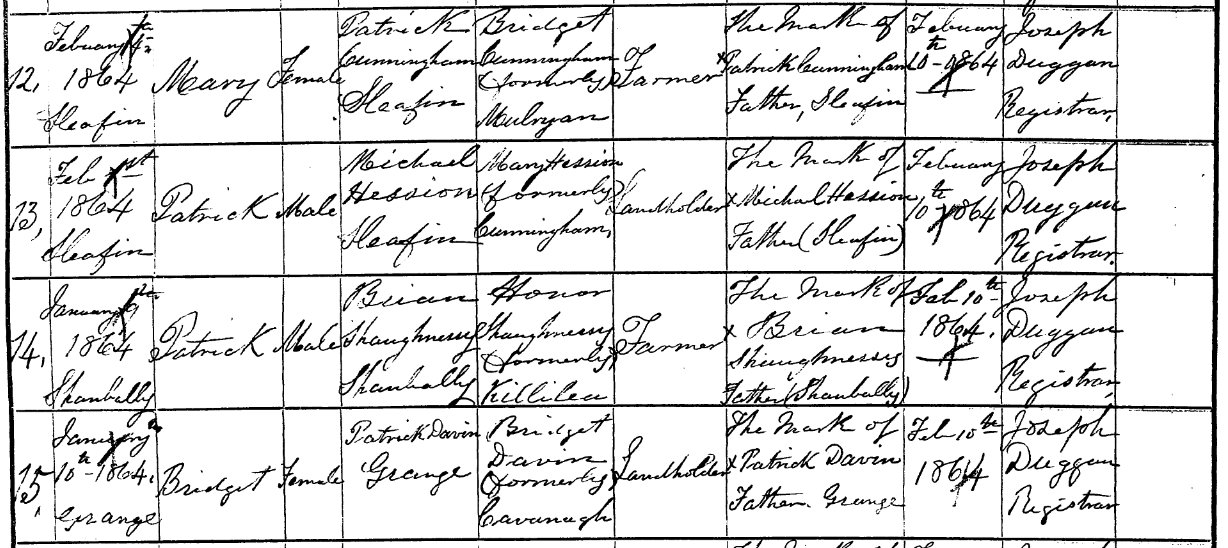By Peter Newell
An element of local Annaghdown history which has receded into the dim and distant past is the fact that the area once had a thriving brick industry.
The perimeters of various bogs in the area contained a sticky grey ‘daub’, which when fired or baked-up turned into a yellowy brick. Not entirely suitable for external use, this brick was mainly used for lining chimneys and around window and door openings. There was a surge in demand for Annaghdown Brick when any major project was taking place in the city of Galway.
One instance where a lot of brick was required, was in the building of Galway University. A Fahy family from Lisanoran supplied a lot of brick to this project. They were delivered by flat-bottomed boats to Woodquay. The price is reputed to have been eleven shillings per boat load.
Other projects mentioned were the Barracks in Eglinton Street and the workhouse, which later became the Central Hospital, before being demolished to make way for the current University College Hospital, Galway.
The business of brick making must have been labour intensive, certainly by today’s standards. The daub would have to be dug out and put into moulds before being baked. The process also required a lot of fuel, more than likely turf, where warmer climes could rely solely on the sun to do the work.
Along with the sporadic demand for Annaghdown Brick, local people were fortunate to have a fairly ready market for various items and while the land was patchy and needed a lot of care and attention, it produced top class crops and livestock. Sedge and bulrushes were excellent materials for roofing and were in ample supply in the Curraghs.
There was an ecology in the region which lent itself to the perpetuation of this system which only came to an end with the advent of the Corrib Drainage Scheme in the 1950’s. A lot of water meadows depended on regular winter flooding which led to a rich silt being deposited over the meadows. This in turn produced a lovely lush sweet smelling hay. It’s the same all over the globe; people making use of available materials in their homelands.
On a final note, the title of this article relates to a boreen in the townland of Lisanoran where a lot of Annaghdown Brick would have been moulded and baked. Boreen Gort Dobe Buí is almost a direct translation of the ‘Yellow Brick Road’. Perhaps the ‘aul’ people really did know that ‘there was no place like home’!
This article first appeared in our Winter 2017 Newsletter.


